Appliances
Showing 1–12 of 63 results
-
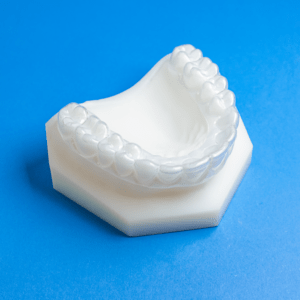
Guardian
Guardian Invisible Retention System from Specialty Appliances ...
Read more -
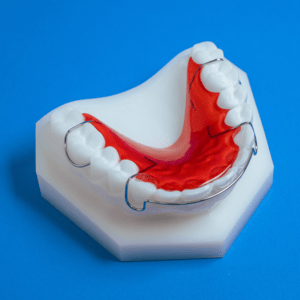
Standard Hawley
The standard upper Hawley retainer has a labial bow constructe...
Read more -
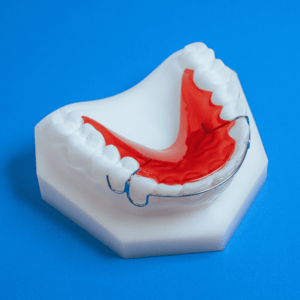
Soldered “C” Clasp
The Labial Bow Soldered to C-Clasp design uses a .032 labial b...
Read more -
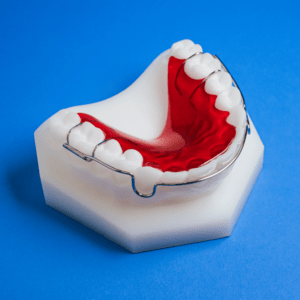
Soldered Labial Bow
The Labial Bow Soldered to Adams Clasp offers circumferential ...
Read more -
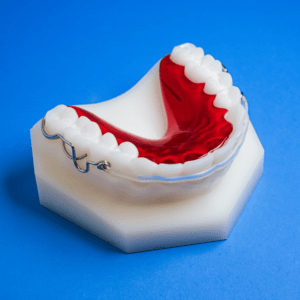
The Specialty Wrap
The Specialty Wrap utilizes the clear bow labial bow. Manufact...
Read more -
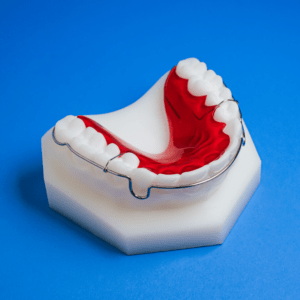
Wraparound Hawley
The Wraparound Hawley offers circumferential retention, which ...
Order Now -
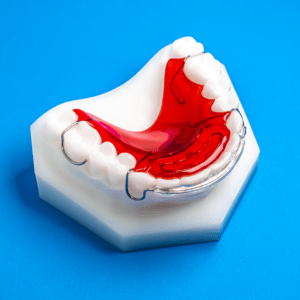
Spring Hawley
The Spring Hawley combines the Spring Retainer's anterior with...
Read more -
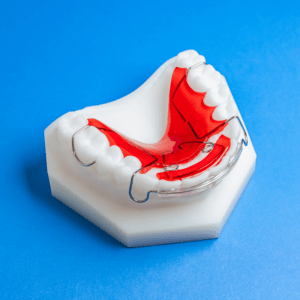
“Super” Modified Spring Retainer
There have been several modifications to the Spring Hawley to ...
Read more -
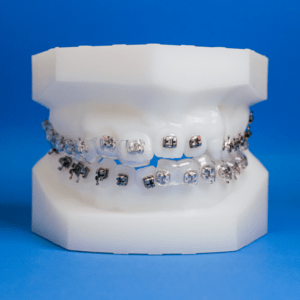
3D Indirect Bonding
With 3DiB, you can combine top accuracy in bracket place...
Read more -
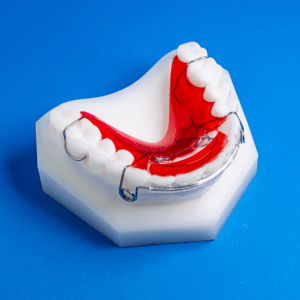
Helical Bow Spring Hawley
The Helical Bow Spring Hawley Design is designed like the Spri...
Read more -

Invisible Retainers
Invisible Retainers from Speciality Appliances meet your patie...
Read more -
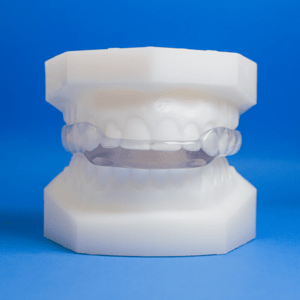
SRS Design
The Superior Repositioning Splint (SRS) incorporates a full oc...
Read more
